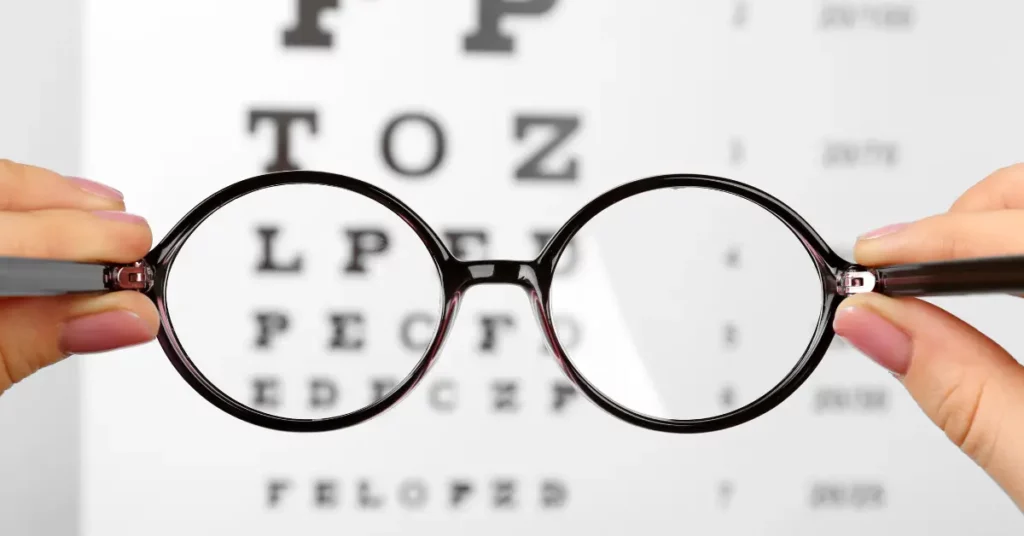3 minutes read
At The Fred Hollows Foundation, we’ve always understood that investing in eye health transforms lives. Over the past 30 years, we’ve restored sight to more than 3 million people.
Now, we have the data that demonstrates what we know.
The Fred Hollows Foundation has released a groundbreaking report in partnership with Victoria University’s Institute of Strategic Economic Studies that outlines the economic benefits of investing in eye health. The report, which used an investment case economic modelling technique, estimates the return on investment (ROI) in eye health to achieve the World Health Assembly (WHA) targets by 2030. The results show that investments in eye health are among the highest ROI of any disease intervention.
The report focuses on the two leading causes of blindness and vision impairment – cataract and refractive error – and models intervention costs and benefits across 19 countries in which The Foundation works. The benefits of restoring sight, which in this report focus solely on economic returns, include increased labour force participation and productivity, and improved education and learning.
Remarkably, cataract treatment, on average, returns US$20.50 for every dollar spent, while refractive error treatments return on average US$10.80 for myopia (nearsightedness) and US$8 for presbyopia (age-related vision loss). Together, investment in the two leading causes of blindness and vision impairment will return on average US$9.40 for each dollar spent.
Despite a dramatic economic upturn in recent years, the burden of blindness and vision impairment is still significantly high in the Southeast Asia region, accounting for 31% of the world’s blind. That’s why it is time to step up our investment in eye health in Southeast Asia. When we look at the findings from Southeast Asia, the estimated ROI for cataract treatment on average returns US$22.4. Refractive error treatments return on average US$11.8 for myopia (nearsightedness) and US$8.4 for presbyopia (age-related vision loss). Together, investment in the two leading causes of blindness and vision impairment will return on average US$10.4 for each dollar spent in Southeast Asia.
For example, in Lao PDR, where The Foundation has been working since 2008, more than a quarter of the population lives below the poverty line and disparities in access to food, health care and education are high. In Lao PDR, the estimated ROI for cataract surgery in Lao PDR (US$42.1) was second largest of all countries included in the model, contributing to a large average across Southeast Asian countries (US$22.4). Similarly, the estimated ROIs for treatment of myopia (US$33.2) and presbyopia (US$21.9) in Lao PDR showed the highest ROI of any country included in the analysis.
The findings provide a compelling case for impact and social investment networks to invest in eye health in Southeast Asia. Beyond the great economic return that investment in eye care yields, restored sight brings longer and healthier lives, reductions in extreme poverty, increased labour force participation and productivity, and increased school attendance, gender equality, and independence. Investing in eye health not only benefits individuals but also has a positive impact on communities and the region’s economic development.
The Fred Hollows Foundation has been a key leader in advocating and promoting the need to prioritise eye health investments. The Foundation’s transformative approach to eye health, including strengthening health systems and partnerships with governments, local partners, and other stakeholders, has been a key driver of our success in restoring sight to millions of people worldwide. These partnerships have been critical in ensuring that eye health programs are sustainable and have a lasting impact.
We have the opportunity to make a significant impact on the lives of millions of people worldwide. If we don’t act now, it is estimated that more than 1.7 billion people will be living with avoidable vision impairment by 2050. The Foundation is calling for urgent collective action across government, non-government, philanthropy, and the private sector to prioritise health system investments. We welcome corporate partners who are interested in eye health investment to get in touch with us.
Click here to download the snapshot report.


















